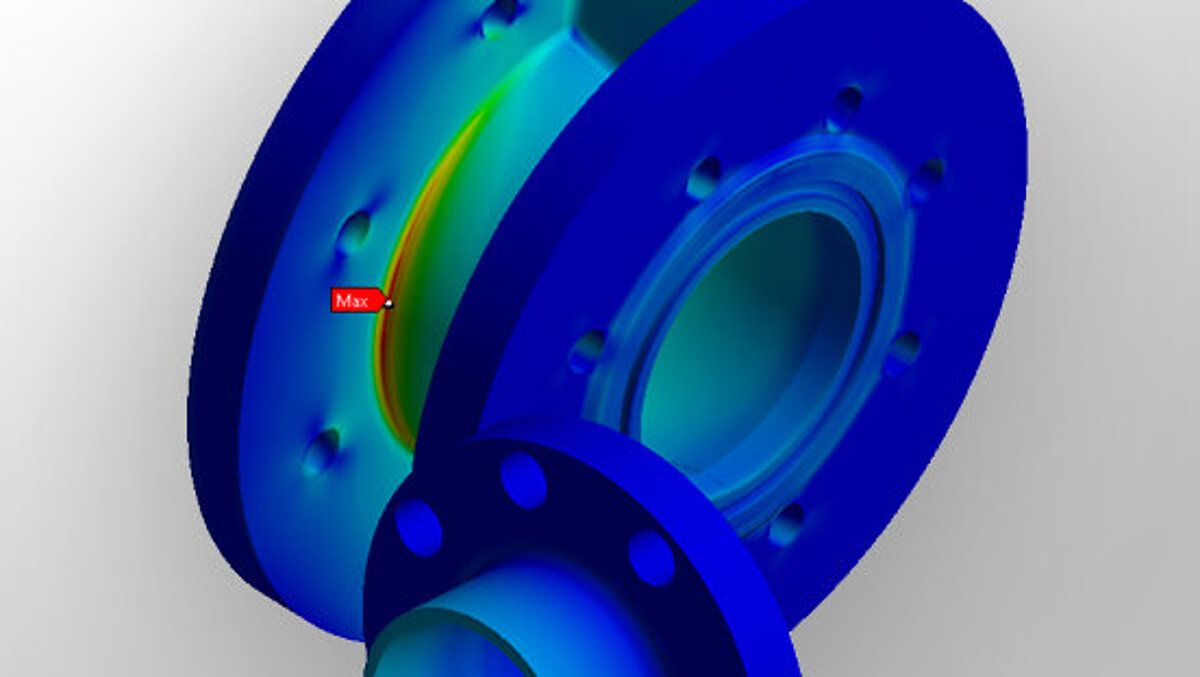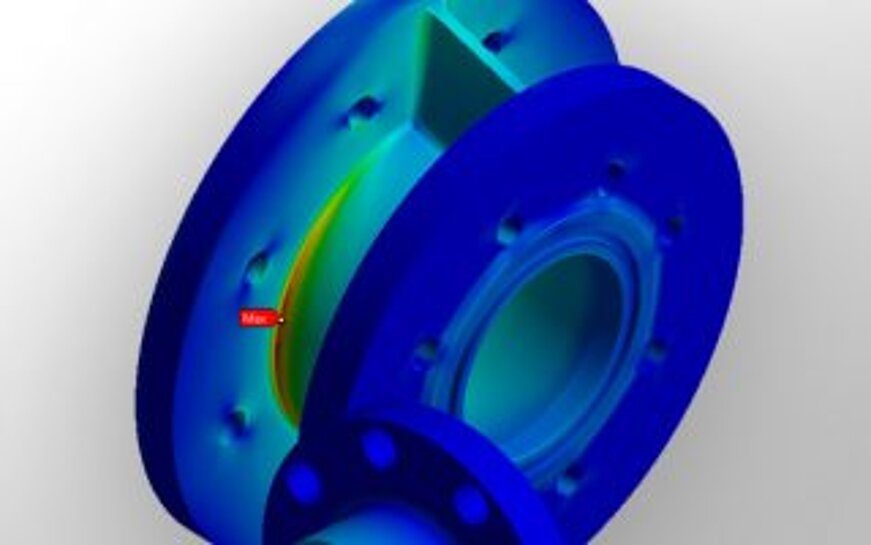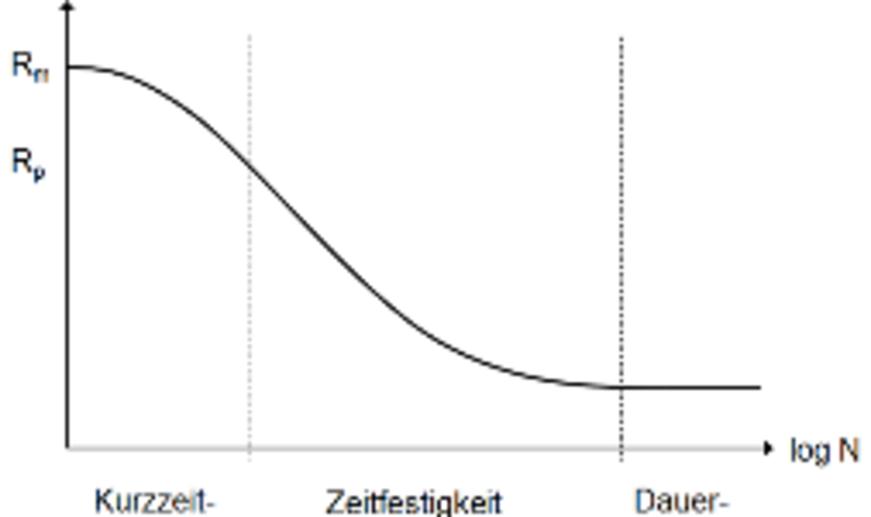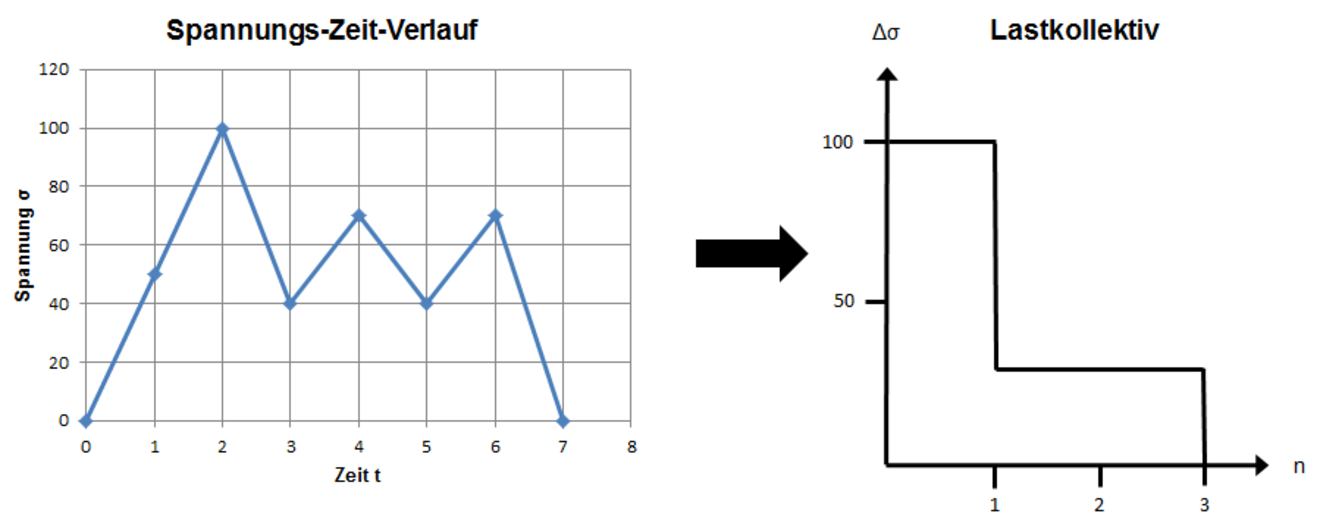Automated evaluation of fatigue strength for pressure vessels

If components are subjected to cyclic loads, they can fatigue, i.e. they can fail even at loads below the static strength parameters. The expected fatigue life of a component can be determined practically (through tests) or also mathematically. Computational fatigue life offers the advantages that it is less time-consuming and cost-intensive than tests and can reveal critical points.
Optimized variants and their influence on service life can be calculated quickly and cost-effectively.
There are regulations in numerous standards and codes for the mathematical determination of fatigue life. The effort required depends on the following factors, among others:
- Number of transients (temporal course of the load)
- Number of points to be evaluated
- Number of vibration cycles of different sizes (load spectrum)
Since a manual evaluation can be very time-consuming and error-prone, Merkle & Partner has automated these processes. The tool reads result files of a transient FE calculation and automatically performs the fatigue life calculation. As a result, the total damage index as well as the partial damage indexes are output. The user only has to make a few inputs such as the strength characteristics, the surface roughness and the cycle numbers of the transients.
The tool can be used to evaluate according to the following standards:
✓ DIN EN 13445
✓ ASME, Sec. VIII, Div. 2
✓ ASME, Sec. III
✓ DIN EN 12952
The counting method is also important in determining the fatigue life. With the aid of a counting procedure, a stress collective is to be obtained from the stress-time history. A stress spectrum indicates which stress oscillation widths occur how frequently. A widely used and good counting method is the rainflow method. However, this is only permissible for constant principal stress directions. However, the standards also specify alternative counting methods that can also be used for non-constant principal stress directions. This influence is taken into account in the automated evaluation.
Do you have components that are subjected to cyclic stress and are difficult to evaluate?
➥ Request a non-binding offer now
Your contact person:
Alexander Haas
Bereichsleitung Strukturmechanik (HH)
Tel.: +49 (0)40 3037766-01
E-Mail: a.haas@hh.merkle-partner.de


